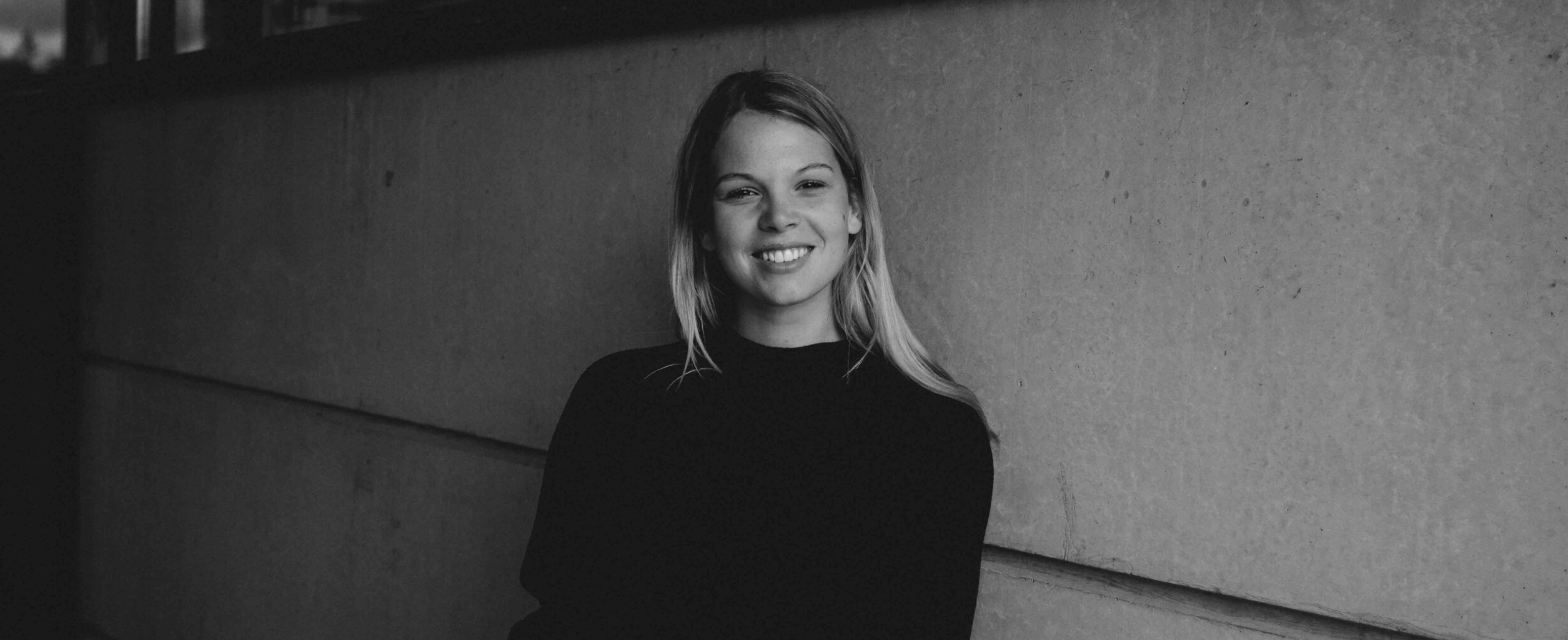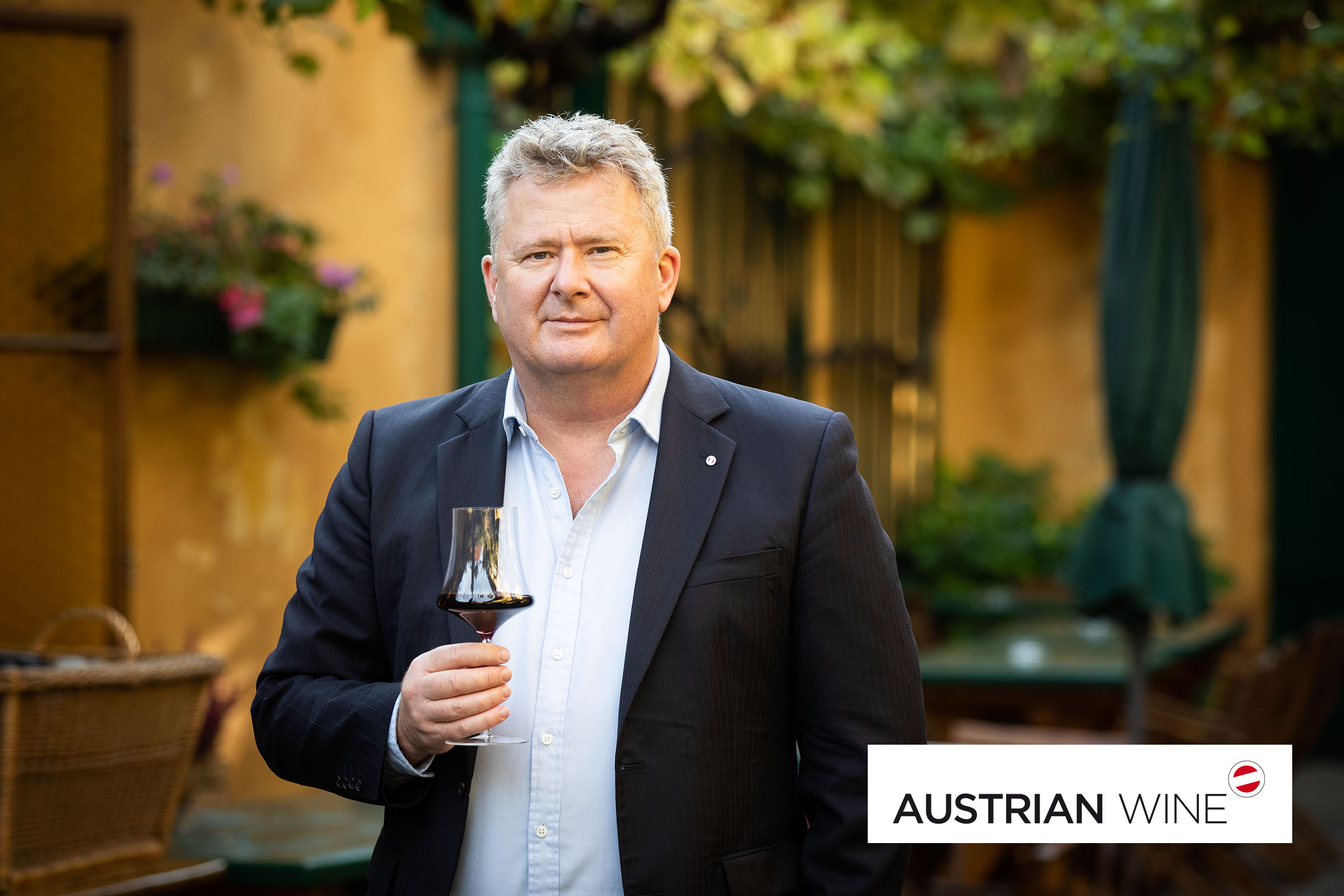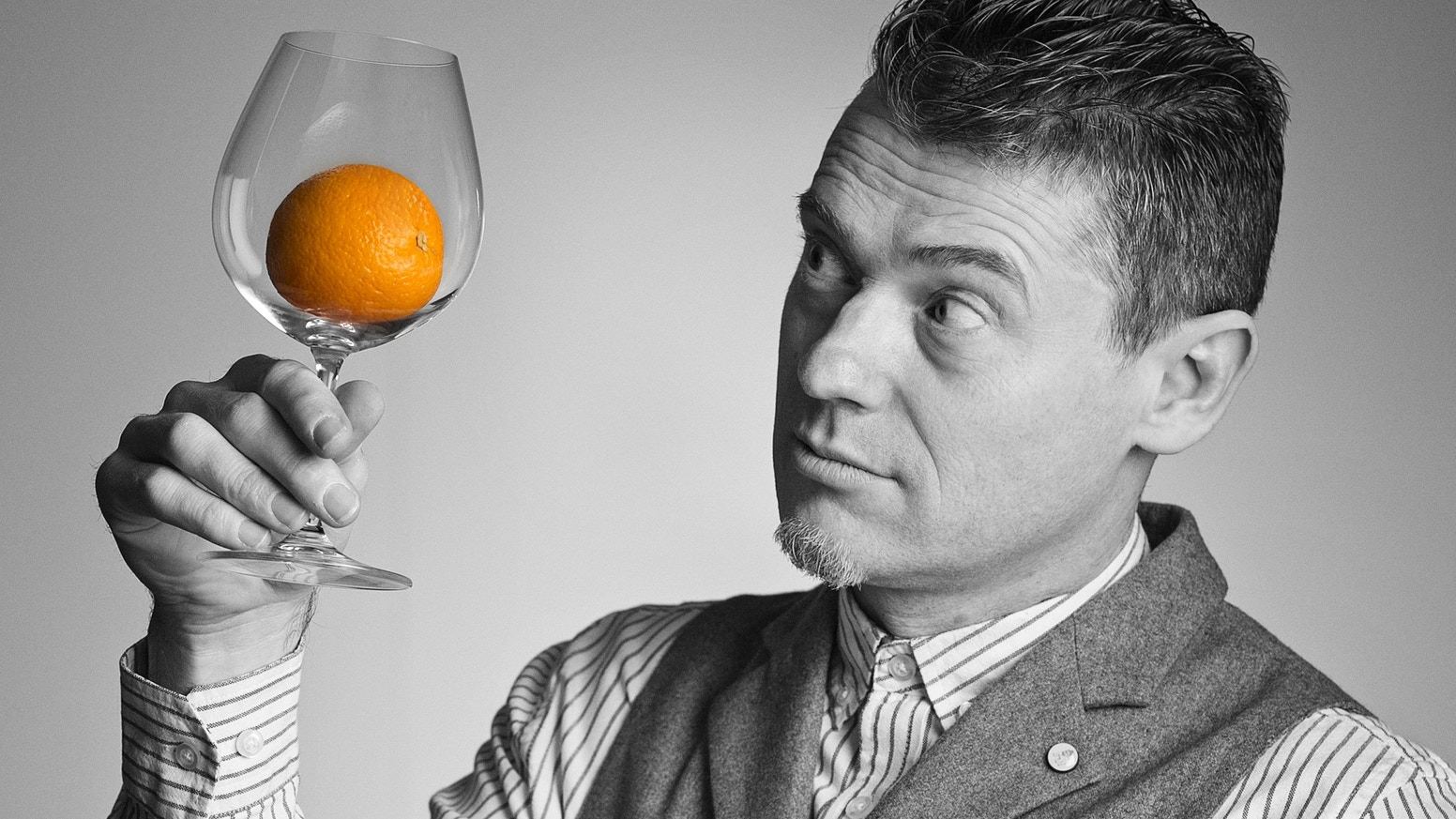Vintner Stories - January 18, 2022
Honoring the Muhr Wine Legacy
Dorli Muhr has turned her grandmother's tiny, family wine production into one of the leading Austrian wineries
Written by
Aleks Zecevic
When Katharina Muhr received 0.17 hectares (0.42 acres) of vineyards in 1918, nobody even dreamed that her family name would decorate the bottles of one of the best Blaufränkisch producers one hundred years later. However, over the years, her granddaughter, Dorli Muhr, restored the old vineyards and gradually expanded the family vineyards to 12 hectares (30 acres) to craft wines that would enjoy great reputation.
For about 60 years, Katharina Muhr’s tiny plot provided the emotional connection of the Muhr family to the village of Prellenkirchen, located in the Austrian wine region of Carnuntum. Every harvest brought together family and friends. Although not available commercially, the wine from the tiny parcels filled four little casks and served to delighted guests at Grandmother Muhr’s cellar parties.
Without proper care and replanting, the old vines eventually died off and were consequently uprooted, leaving the bare land behind. Growing up with the stories of her grandma’s vineyard and cellar parties, Dorli Muhr was determined to revitalize the inherited land once she had the time and means to do so.
Dorli discovered her enthusiasm for wine during her university days while studying to become an interpreter, focusing on French and Spanish. After graduation, in 1991, she founded a marketing and PR agency specializing in wine, gourmet products, and gastronomy. She called her firm Wine & Partners.
Her enthusiasm for wine turned into a desire to have her own vineyards and led her to replant the 0.17 fallow hectares of land she inherited from her grandmother. In 1995 she restarted winegrowing in the little plot located on the Spitzerberg mountain in the easternmost part of Carnuntum. She immediately realized the potential of this site and had the vision to expand her holdings.
In 2002, together with Dirk van der Niepoort, a renowned Portuguese producer, and her husband, at the time, Dorli started producing wine and officially returned the Muhr family name to Prellenkirchen once again. The couple founded a winery under the name Weingut Muhr-van der Niepoort.
The winery grew each year, both in terms of the size of the estate and production, but also quality. However, a decade later, the couple split and ended their marriage. And in 2019, they also concluded their business relationship with Dorli taking over her former husband’s shares and gaining full control of the winery. She also renamed the winery to Weingut Dorli Muhr. Simultaneously, she purchased a small, old house in Prellenkirchen and moved the production there. Today she owns 7 hectares (17 acres) and rents another 5 hectares (12 acres).
The focus of Dorli’s production centers on the unique terroir of Spitzerberg. Rock steppes, dry and half-dry grasslands, and dry forests characterize one of the largest nature reserves in Austria. It used to be an ocean reef millions of years ago, and the reason why the steep slopes of the Spitzerberg consist of a thick layer of limestone in combination with dolomite and a thin humus layer. It also presents a barrier between the Alps (Leitha Range) and the Lesser Carpathians (Hundsheimer Hills), and because of it, the warm air currents rise and collect. In addition, strong winds, sunlight, and high temperatures on the Spitzerberg, which in combination with the soil composition, make for a very dry environment.
For winegrowing, the dryness is both a blessing and a challenge. No moisture means no danger of fungal diseases for the vines. However, the vines go under hydraulic stress without water to the point where their survival comes into question. But those that do survive become very resilient. Furthermore, these extreme conditions help with natural yield reduction, which in return produces wines of wonderful aromatics, filigree texture, and bright acidity.
Not every site at the Spitzerberg is the same. The higher you go, the more barren it becomes. At the foot of the hills, more soil has collected over time, allowing for better water retention. Here, winegrowing is easier than in the upper parts. To represent these differences, Dorli harvests and vinifies her grapes from lower and upper parts separately.
80 percent of Dorli Muhr’s vineyards are planted with Blaufränkisch, the traditional variety on the Spitzerberg. Blaufränkisch here yields distinctive wines, way different than those found in Burgenland. They are lighter, yet concentrated and very aromatic. Today, or more precisely with the 2019 vintage, Dorli produces one village and five different single-vineyard wines that are made entirely from Blaufränkisch.
The other 20 percent of vineyards are planted with Syrah, Merlot and Grüner Veltliner. Each of these varieties is bottled on its own. Additionally, Syrah is also used in a regional blend called simply Carnuntum. Dorli’s wines range in price and quality, but even at the bottom of the pyramid, the fine wine craft comes through.
All of the winery's vineyards are farmed according to organic principles and Weingut Dorli Muhr has been certified organic since 2018. This allows natural flavors to develop and deliver complexity. To preserve the terroir and the hard work in the vineyard, the harvest is very meticulous. Dorli aims for finesse and freshness in her wines, so only hand-picking is allowed, and grape selection is strict, forbidding any overripe berries to end up in the wines.
Maceration and fermentation take place primarily in open vats, just like they did in Grandmother Katharine’s time. In this way, every single parcel can be fermented independently. The fermentation is done without inoculation, relying only on wild yeasts. Thus, it goes slowly, gently extracting the color, tannins, and phenolics from the grapes. At least a quarter of each barrel consists of a whole cluster, which is either fermented together with the de-stemmed berries or foot-stomped like in the old days. The stem inclusion gives an extra freshness to the wines.
The wines then mature for some 20 months in wooden casks. There is a conscientious effort to avoid barriques or new wood. Instead, the wines mature in old oak or acacia casks. The wines get a dose of sulfur but are bottled without fining or filtration. The result is wines full of elegance that reflects the terroir of the Spitzerberg and this part of Carnuntum. They have garnered much praise, and Dorli Muhr’s Blaufränkisch from the Spitzerberg is the highest-rated Austrian red in Wine Spectator to date.
Our latest stories and podcasts:

PODCAST EPISODE
Theresa Olkus of the VDP
Aleks Zecevic interviews Theresa Olkus, the managing director of the VDP

PODCAST EPISODE
Austrian Wine with Chris Yorke
Aleks Zecevic interviews Chris Yorke, CEO of Austrian Wine

PODCAST EPISODE
Treading the Grapes with Simon Woolf
In this episode, Aleks Zecevic interviews the Amsterdam-based wine writer, Simon Woolf

